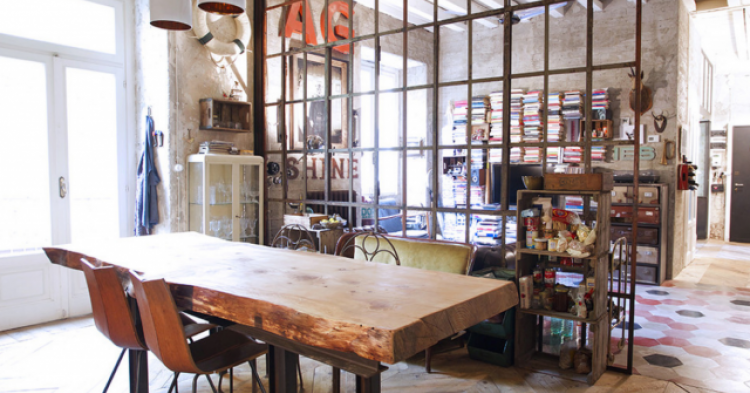
Original article written by houzz
Portugal is a veritable treasure trove of abandoned offices, warehouses in disuse or buildings lost in a state of neglect, just waiting to be restored to the glory they deserve. Whether it’s in city centres or tucked away in the remote Portuguese countryside, these beautifully melancholic ruins are really the architectural heritage of the country, representing an extraordinary opportunity to develop quality homes, as well as being a true manifesto to reduce, reuse and recycle.
Here we present five good reasons and one important warning for renovating an abandoned property.

1. The sustainable appeal of renovation
Refurbishing existing buildings means less land use in comparison with new builds, which is a key objective of any sustainable urban policy. At the same time, though, an extreme home makeover shows the charm of an abandoned building, and not only the historical ones – both traditional farmhouses and industrial warehouses in disrepair are ripe pickings for renovating.
The best way to preserve the appeal of an old house is to leave the original architectural structure as it is and just touch up the fine details. A touch of colour on a traditional plaster wall or an old wooden door, for instance, is sufficient to brighten up a whole room and give it a fresh, new feel.
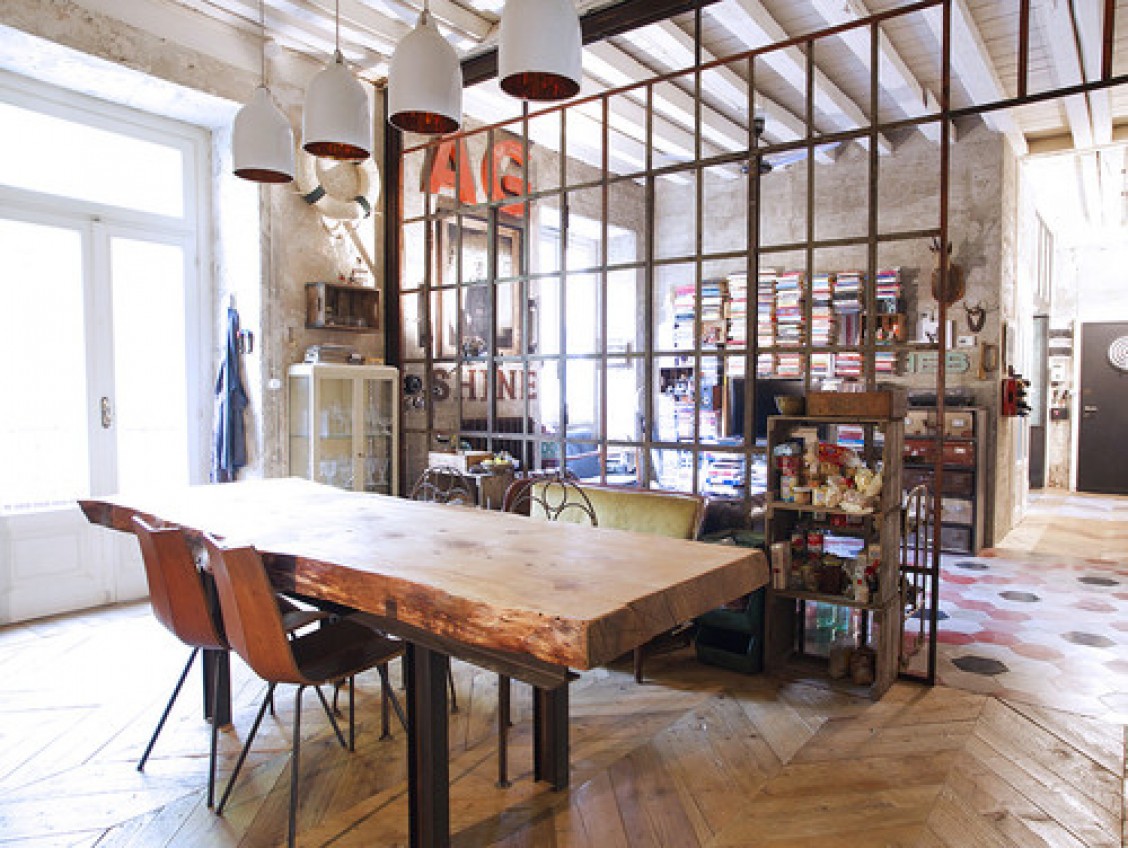
2. The challenge of creating the perfect style
One common misconception about doing up a property like this is that you have to stick to a traditional style. In reality, the most enjoyable part of any upcycling project is trying to find the right decorative atmosphere by using the existing features of the property in an innovative way. With urban factories and warehouses, for example, the best complementary style to the space often makes use of typical features of these working environments, such as large windows and countertops, and reinvents them for modern residential use.
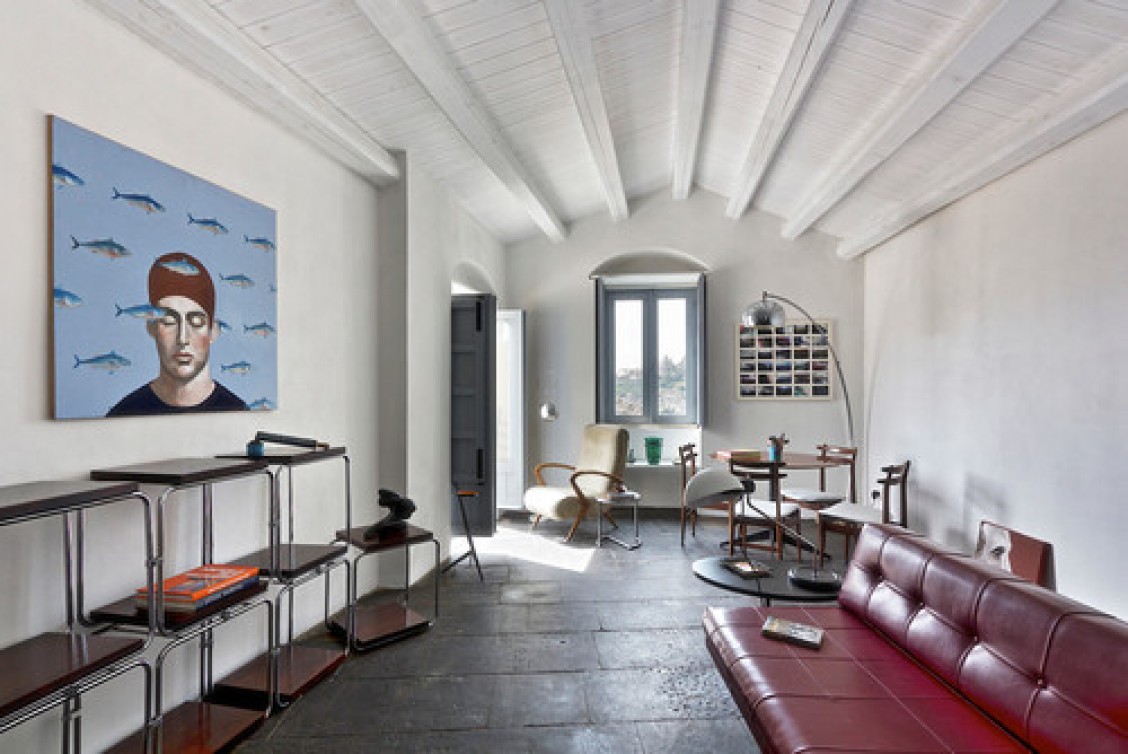
For non-city-based projects such as rural ruins, the simplicity of the country style is often preferable, showing off the bare wooden roofbeams, traditional stone walls or the original tiles. These classic elements can be mixed with contemporary features to create a stunning juxtaposition. Furnishing abandoned properties with a touch of eclecticism like this can help to bring out the best of the old characteristics of the place.
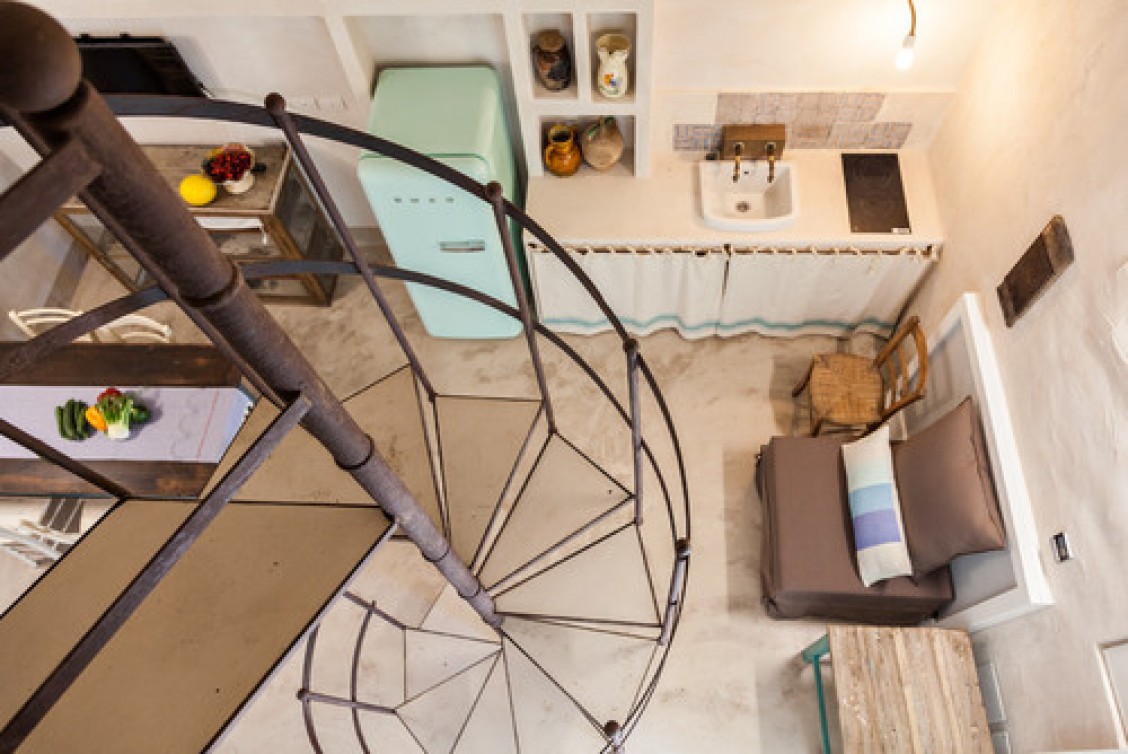
At the same time, using vintage furniture and accessories for renovation projects in old ruins, be they urban or rural, is also acceptable because both modern and traditional features can go together well with the essential elements of simple, historical construction. In brief, there is no right or wrong style when it comes to doing up a disused home, but each project must be taken on its own terms, adapting to the building to improve its character.
3. The search for undiscovered architectural treasure
A third excellent reason to makeover a historic building is that it gives you the possibility of experimenting with a stylistic union between historical architectural tradition and modern architectural language. As an example, the contrast between traditional stone walls and large bay windows can create an incredible impact.
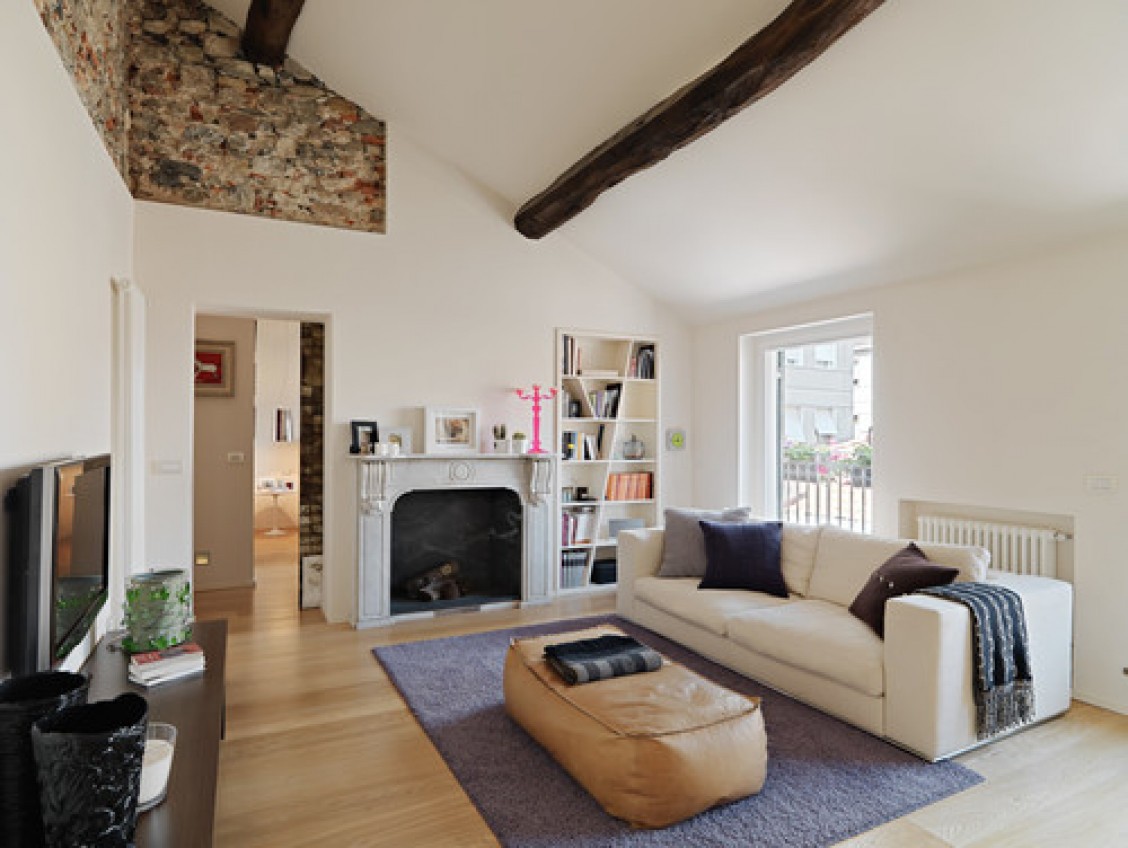
4. Crowdsourcing
These days, there is no shortage of ways to fund the renovation of disused spaces, from private crowdfunding online from people hungry for successful redevelopment projects to public grants for the regeneration of cultural or social heritage.
5. Incentives and bonuses
As if that weren’t enough, there are certain tax deductions in Portugal on the restructuring of residential buildings which offer a great incentive to upcycle old properties. Some Portuguese municipalities reduce the costs of making homes habitable again or grant discounts for the renovation of abandoned buildings in the interest of urban regeneration.
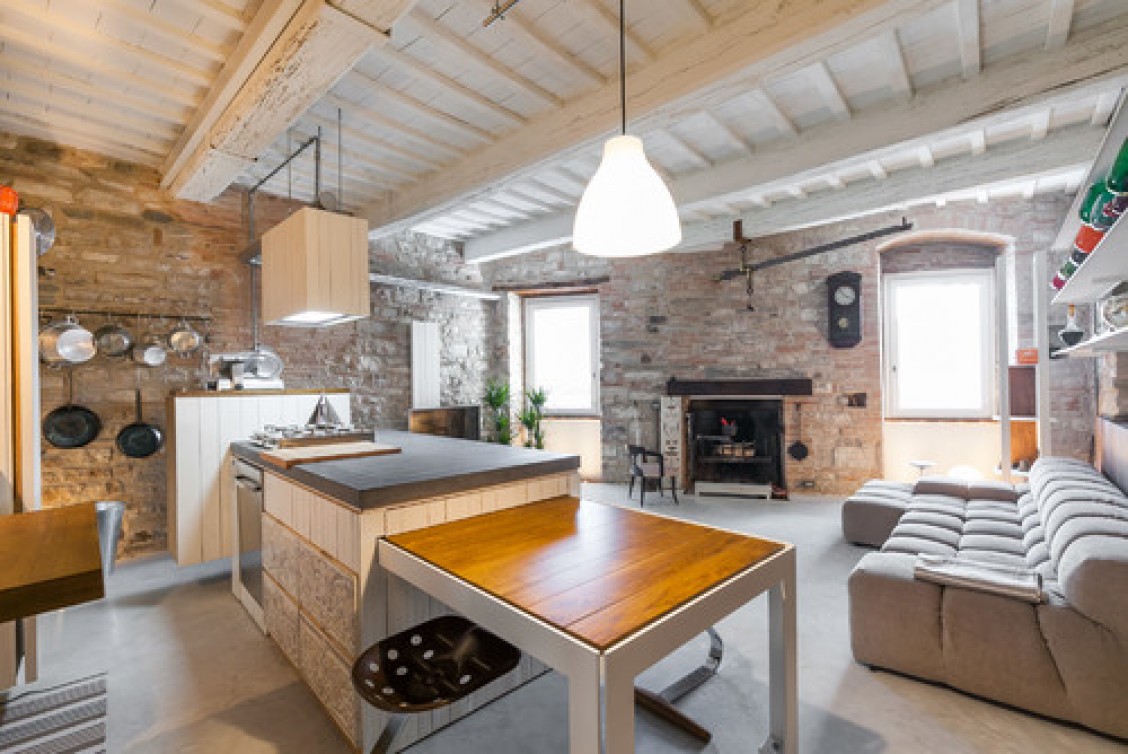
6. Last but not least, be safety-conscious
In the end, there are loads of reasons to choose to reform an old building over buying a new house, ranging from being sustainable to partaking in architectural research and improving historical heritage. Special attention must be paid to seismic safety, though, especially in high risk areas. It is absolutely vital that you carry out a careful preliminary technical check to indicate the feasibility of the interventions you intend to make on the structures. It’s no good harmonising traditional and new elements if the building falls down around you!